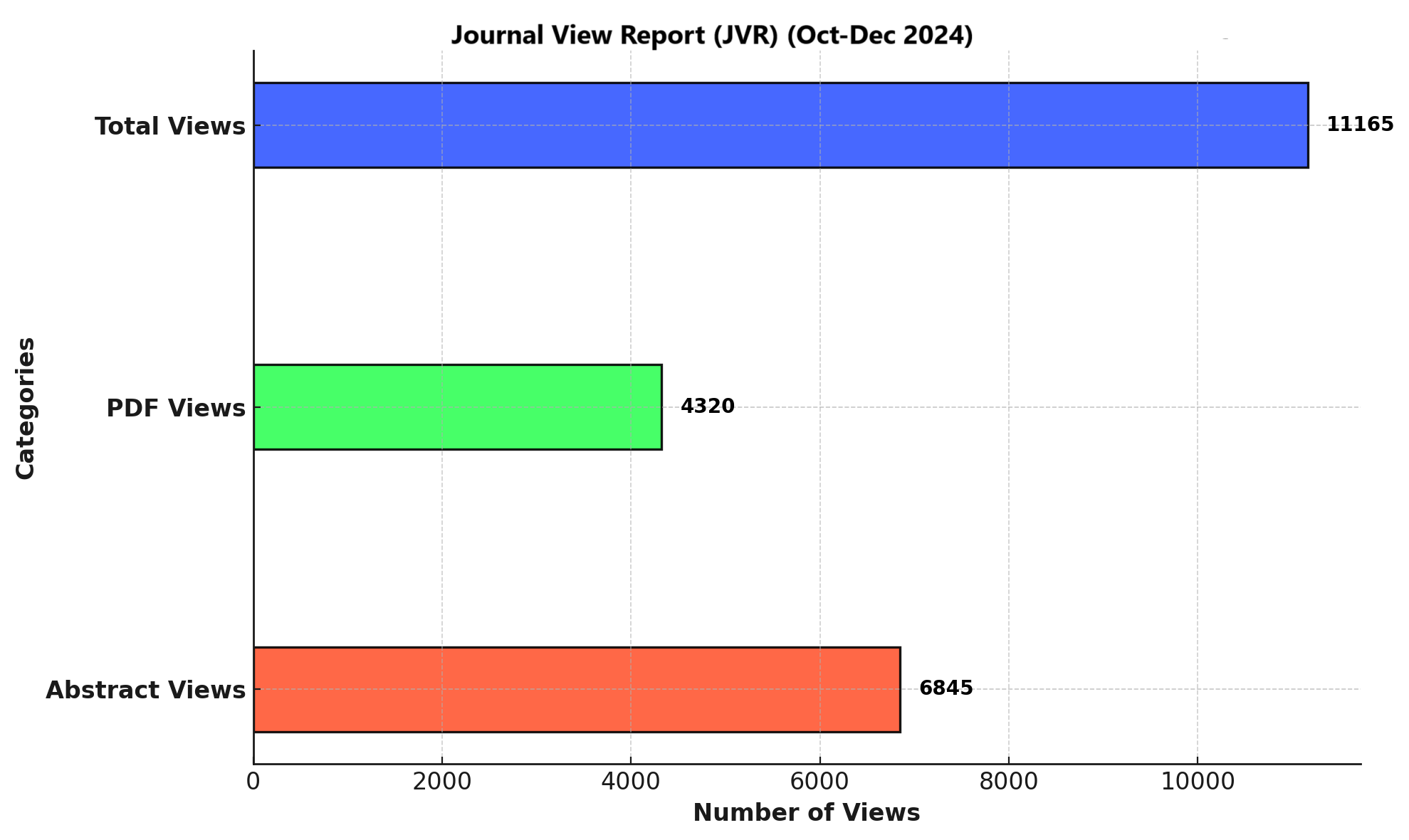CORRELATION OF KNEE LIGAMENTS INJURY ON MAGNETIC RESONANCE IMAGING WITH OUTER BRIDGE SYSTEM
DOI:
https://doi.org/10.71000/gace3434Keywords:
Anterior Cruciate Ligament, Cartilage, Collateral Ligaments, Knee Injuries, Magnetic Resonance Imaging, Posterior Cruciate Ligament, Wounds and InjuriesAbstract
Background: Knee ligament injuries are commonly encountered in clinical practice and are frequently evaluated using magnetic resonance imaging (MRI). MRI provides critical information not only about ligamentous damage but also about associated cartilage changes. The Outerbridge classification system is widely used to grade cartilage degeneration. Establishing a correlation between ligament injuries and Outerbridge grading can improve diagnostic precision, treatment strategies, and long-term outcomes in knee trauma patients.
Objective: To assess the relationship between MRI-detected knee ligament injuries and the severity of cartilage degeneration graded by the Outerbridge classification system.
Methods: This descriptive cross-sectional study included 53 patients with MRI-confirmed knee ligament injuries, conducted across three diagnostic centers in Lahore. Ligament injuries involving the anterior cruciate ligament (ACL), posterior cruciate ligament (PCL), medial collateral ligament (MCL), and lateral collateral ligament (LCL) were recorded. Cartilage degeneration was classified into Grades 0 to IV using the Outerbridge system. Data were analyzed using SPSS version 25. Chi-square test was applied to determine statistical association, with significance set at p < 0.05.
Results: ACL injuries were the most common, seen in 41 patients (77.35%), followed by PCL injuries in 19 (35.84%), and one case each of MCL and LCL injuries. Outerbridge classification revealed 15 patients (28.3%) with Grade 0, 20 (37.7%) with Grade I, 17 (32.1%) with Grade II, and 8 (15.1%) with Grade III degeneration; no cases were reported in Grade IV. Road traffic accidents were the predominant cause in 27 patients (50.94%). Chi-square analysis showed no statistically significant association between ligament type and Outerbridge grade (p = 0.237).
Conclusion: MRI is a valuable tool for detecting both ligament injuries and cartilage degeneration. While a trend toward increased cartilage damage with severe ligament injury was observed, the correlation was not statistically significant. Early MRI assessment remains crucial for timely diagnosis and optimized patient care.
Downloads
Published
Issue
Section
License
Copyright (c) 2025 Muhammad Imran, Hafiz Ayaz Ahmad, Isbah Khanam, Fiza Noor, Muhammad Jahanzaib (Author)

This work is licensed under a Creative Commons Attribution-NonCommercial-NoDerivatives 4.0 International License.







